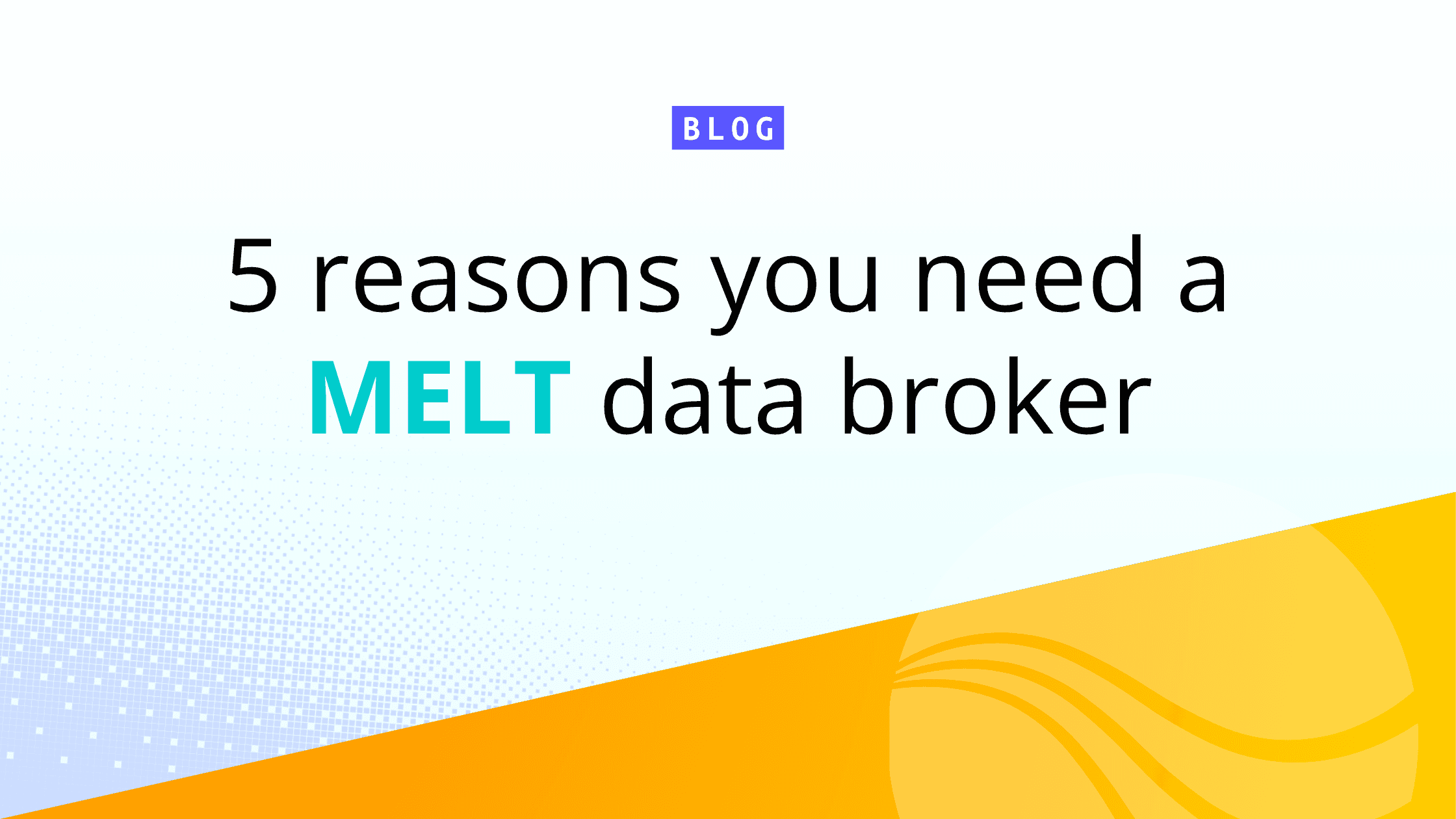2023 is well underway and now more than ever it’s important to stay ahead of data trends and security concerns that are ever mounting. With the cost of catastrophic cyber attacks estimated to be ten times that of all other disasters combined, businesses need to take proactive measures to implement a security data pipeline to protect their data and comply with security and retention requirements. This can be a daunting task, given the sheer volume of information that is generated from a variety of data sources. Not only that, onboarding needs to be processed, stored, and accessed by multiple teams and departments.
To tackle these challenges, businesses need to adopt solutions and technologies that can help them properly manage the complexity of their data landscape. An observability pipeline is a powerful tool that can help organizations address the challenges of data management and security, enabling them to respond to incidents faster, collaborate more effectively, and gain valuable insights into their data without blowing up their budgets. In this blog, we will explore the benefits of an observability pipeline and how it can help organizations and security professionals better navigate their rapidly-evolving data landscape.

Overcoming Challenges of Data Management
Data management is one of the biggest challenges facing organizations today. With so much data coming from so many different sources, it can be difficult to manage and process all this data effectively. And to add to this challenge, much of this data may not have immediate value, making it even more challenging to determine what to keep, what to discard, and how to store it.
But in a turn of events, a security breach changes the situation drastically. Suddenly, the data you thought may not be that valuable becomes extremely so. And organizations need to somehow store all of this data which can be a huge challenge — they must pour through all of the information to find the relevant details that can help them identify the source of the breach, and eventually use that information to resolve the issue.
The Importance of Data Management in the Face of Cybersecurity Threats
The need to retain more data is driven by security and compliance demands, which require organizations to keep years of information on hand. In the case of a security breach, having access to all this information can be the key to resolving the issue quickly and preventing future breaches.
However, this only highlights the importance of having a robust data management system in place. Without a system for managing and processing all of this information, organizations may struggle to respond to security incidents quickly and effectively, putting their data and their business at risk. To overcome these challenges, organizations need to adopt innovative solutions that can help them manage the complexity of their data landscape.
Storing a large amount of data for an extended period can make meeting compliance requirements, conducting successful security breach investigations, and analyzing business scenarios easier. However, keeping all data in readily accessible storage can be costly, especially for SIEM and UEBA tools.
What is an Observability Pipeline?
An observability pipeline is a data processing system that enables organizations to collect, process, route, shape, enrich and analyze data. It is designed to help organizations gain valuable insights into their data and improve their ability to manage and monitor their systems. Observability pipelines are being used by IT and DevOps teams to get the right data to the right destinations so they can properly monitor the performance of their systems and resolve incidents fast.
Benefits to an Observability Pipeline
The benefits of an observability pipeline are endless. By providing organizations with a central view of their data, observability pipelines help improve collaboration and data sharing among teams. Additionally, they allow organizations to detect and respond to incidents more quickly, improving the overall performance of their systems. With an observability pipeline in place, organizations can make informed decisions based on the data they collect and take proactive measures to improve their systems. This can lead to increased efficiency, reduced downtime, and improved customer satisfaction.
How Security Teams Can Use a Security Data Pipeline
An observability pipeline can be a valuable tool for security teams. By providing a centralized view of data, it enables security teams to detect and respond to breaches and threats faster and more effectively.
Detect and Respond to Incidents Faster
One of the key benefits of an observability pipeline is that it enables security teams to detect and respond to incidents faster. Having all your data is together in one place makes it easier to jump to resolutions faster. This improved ability to detect and respond to incidents can help organizations minimize the impact of security breaches and improve their overall security posture.
Better Collaboration and Data Sharing
An observability pipeline also supports better collaboration and data sharing among security teams. By providing a centralized view of data, it breaks down data silos and allows security teams to work together more effectively by sharing information more easily. Teamwork makes the dream work and this improved collaboration can help security teams fight off hackers and detect breaches from afar.
Central View of Data
An observability pipeline provides a central view of data, enabling security teams to make informed decisions based on the data they collect. This centralized view can help security teams identify trends and patterns in their data, allowing them to take proactive measures to improve their systems and prevent future incidents. With an observability pipeline in place, security teams can reduce context switching, gain a more complete understanding of their data and make more informed decisions to improve their security posture.
Replay Data from Low Cost Storage
An observability pipeline allows you to send a complete copy of raw data to low-cost storage, and retrieve it later with a few clicks for use in analytics tools to answer unexpected questions. With an observability pipeline, you don’t have to predict what data you might use in the future, you can keep it all and only retrieve what you need when you discover its importance.
Enhanced Data Context
An observability pipeline that enriches your data with third-party sources like GeoIP and known threats databases can provide greater context to your organization. By doing this before the data even reaches your logging and SIEM platforms, you enable a deeper, more actionable response of your security and observability data.
Improve Data Quality and Cost Savings with a Security Data Pipeline
An observability pipeline can help eliminate duplicate fields, null values, and elements that provide little analytical value. It also allows for filtering and screening of events for dynamic sampling, or the conversion of log data into metrics, resulting in massive volume reduction. This leads to better performance and significant cost savings for your organization.
Deploy a Security Data Pipeline with Ease using Cribl Stream
If you’re looking to deploy a security data pipeline, look no further than Cribl.Cribl offers a free account with up to 1TB of data storage per day. To help you get started, Cribl University provides free training courses, so your team can become experts before you begin.
For those just looking to try it out, Cribl offers a Sandbox course that takes you through the main features of Cribl Stream in just 20 minutes. This course uses actual Cribl products, hosted on the cloud, and with its own event generators, so there’s no need to configure anything external. The Cribl Stream overview provides a quick exposure to the user interface, allowing you to get up and running quickly.
Whether you’re just starting out with observability data management or looking to improve your existing practices, Cribl makes it easy to deploy an observability pipeline. With its user-friendly interface, free training, and comprehensive resources, you can ensure that your data is managed effectively and securely.
The fastest way to get started with Cribl Stream, Edge, and Search is to try the Free Cloud Sandboxes.







